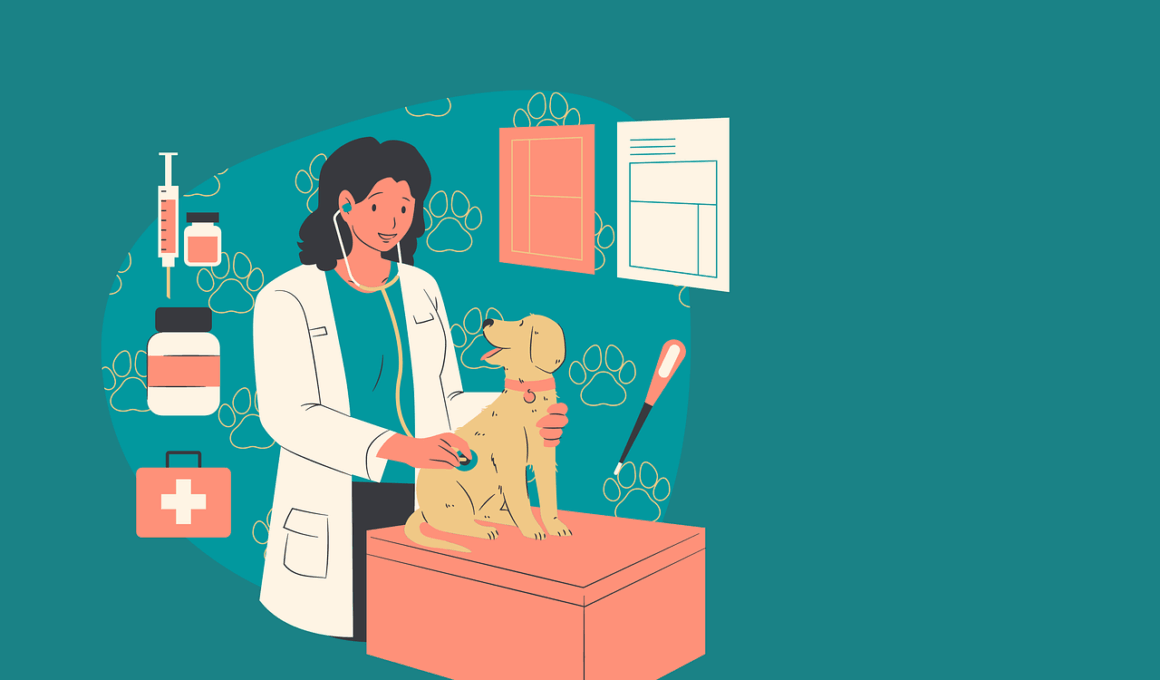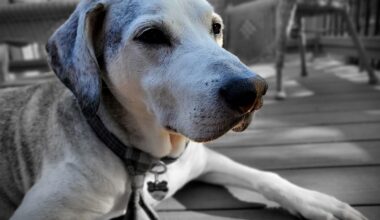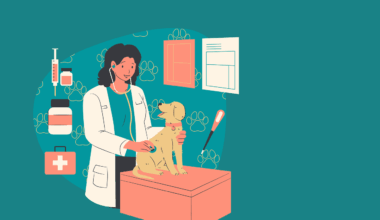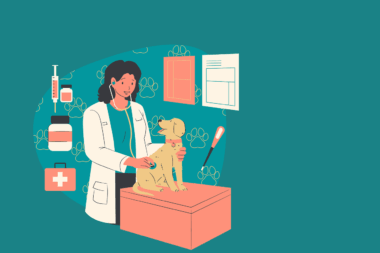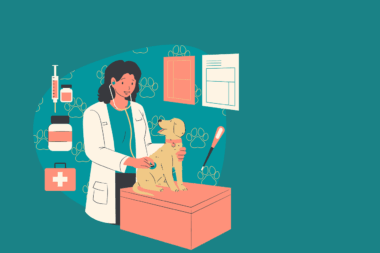Safe Transportation and Its Impact on Dog Show Health
Transporting dogs safely to dog shows is crucial for their health and well-being. This process involves more than just loading them into a vehicle; it requires planning and strategies to minimize stress. Stress during travel can lead to various health issues, including decreased immunity and increased susceptibility to illness. To ensure safe transport, owners should focus on proper acclimatization methods, making their dogs feel comfortable in the car. Consistent travel practice helps dogs adjust to longer journeys, ultimately reducing anxiety. Owners should provide adequate ventilation and temperature control during transport, using fans or temperature regulators. Hydration is another critical factor; offering water before, during, and after the journey is essential. Packing a travel kit, including first aid supplies, food, and familiar items, can comfort and stabilize the dog. Finally, regular veterinary check-ups should occur before transportation; a health certificate may be necessary. Following these guidelines ensures that dogs arrive at their destination healthy and ready to participate in the show. Overall, implementing these strategies creates a positive experience for both dogs and their handlers, promoting their overall health effectively as a foundation.
Health checks prior to attendance at dog shows are essential in safeguarding canine participants. Ensuring dogs are in optimal health prevents the spread of diseases common in large gatherings. A comprehensive health examination includes a review of vaccine status and a physical evaluation by a veterinarian. Vaccinations must be up-to-date, especially for rabies and kennel cough, to protect against communicable diseases. By requiring proof of vaccination at events, organizers contribute to public health and safety within the dog show community. In addition to vaccinations, regular fecal checks can help detect parasites early, preventing outbreaks during competitions. Nutrition and hydration should also be monitored closely; providing balanced meals and fresh water keeps dogs energized and in good condition for competition. Organizers may also mandate health certificates, establishing a baseline for participant health at shows. Presenting up-to-date information assures judges and attendees that the dog shows prioritize animal welfare. Participating in these health protocols reinforces the commitment to responsible ownership and shows high standards within the community. Overall, ensuring that dogs meet health requirements enhances the reputation of dog shows, providing a safe environment for every participant.
Proper hydration before, during, and after a dog show greatly enhances a dog’s performance. Water serves as a critical component in maintaining energy levels, regulating body temperature, and preventing dehydration. Efforts should be made to provide fresh water at regular intervals, especially in warmer climates. During transport, containers that prevent spillage should be used for easy access to water. Hydrating food options can also be incorporated into their meals to increase overall fluid intake. Monitoring the dog’s behavior for signs of dehydration, such as dry gums or panting, can help prevent health complications. In addition to water, incorporating electrolyte-replenishing options may aid hydration and recovery after events. Furthermore, providing hydration stations at shows encourages owners to keep their pets refreshed. Collaborating with event organizers to ensure these facilities are accessible is vital for the well-being of all dogs present. Educating handlers on the importance of hydration in performance will lead to greater awareness. In conclusion, proactive hydration management not only supports health but also allows dogs to perform their best in shows.
The Role of Nutrition in Dog Show Health
Nutrition plays a pivotal role in preparing dogs for competitions, influencing both performance and overall health. A balanced diet tailored to the dog’s requirements aids in muscle development and stamina, essential for success in dog shows. Some key components of a healthy diet include proteins, carbohydrates, fats, vitamins, and minerals. Pet owners should work closely with veterinarians or pet nutritionists to craft meal plans appropriate for their specific breeds and activity levels. Ideally, high-quality commercial dog food, supplemented with natural ingredients, can provide the necessary nutrients. Timing meals before events needs consideration; feeding too close to competition can cause digestive distress. Instead, meals should be provided several hours before the show to allow for proper digestion. Additionally, monitoring weight and body condition regularly prevents obesity, which can hinder performance and increase health issues. Maintaining a healthy body condition enables dogs to compete optimally and more easily recover from travel and competition stresses. In summary, aligning dietary practices with competition schedules enhances participants’ health and maximizes their chances of success at dog shows.
Exercise routines significantly contribute to maintaining a dog’s physical condition before and during dog shows. Regular exercise supports muscle toning, endurance, and flexibility, which are crucial for showcasing at best performance levels. Owners must have structured exercise plans that include agility training, walking, and play sessions to keep dogs physically fit. Engaging in daily activities also fosters mental stimulation, reducing behavioral problems related to stress or boredom. Before a show, gradually intensifying exercise increases stamina and readiness for competition without risking injury. Warm-up exercises before competitions prepare muscles and minimize the chance of strains or sprains, crucial for performance success. Additionally, age-appropriate adjustments in exercise routines are essential; young dogs may require shorter sessions compared to mature dogs who need more robust training. Incorporating varied activities prevents monotony and keeps dogs excited about exercising. After shows, continued exercise is necessary for recovery, helping to alleviate muscle tension and fatigue. Therefore, a well-rounded exercise program plays a vital role in preparing dogs mentally and physically for dog shows, ensuring they stand out on the stage.
Social acclimatization is essential for dogs attending shows, impacting overall health and performance. Introducing dogs to various environments, situations, and people prepares them for the show atmosphere and minimizes anxiety. Socialization should begin early in a dog’s life, allowing them to grow comfortable with crowds and noise. Exposure to different dogs will help them learn proper behavior and social cues in a competitive environment. This preparation reduces the likelihood of aggressive or fearful reactions during the show. Attending training classes and social events provides dogs with opportunities to interact in controlled settings, enhancing their social skills. Familiarizing with the show layout and getting used to the presence of judges and crowds ensures a smoother experience on competition day. Using positive reinforcement techniques during training helps build confidence and reduces stress associated with shows. Moreover, owners attending shows regularly will notice improvements in their dogs’ ability to adapt to the various stimuli present. By prioritizing social and environmental acclimatization, dog handlers create resilient competitors ready for success in dog shows while safeguarding their health.
Post-Show Health Management
Post-show care is crucial to ensuring the continued health of dogs after competitions. Monitoring for any signs of stress or injury following participation is a priority. Immediately after a show, dogs should be examined for soreness or fatigue, especially if they performed rigorous tasks. Providing a calm environment allows for proper rest and recovery following a tiring day. Post-show hydration and nutrition play a significant role in recovery, offering soothing bland meals can help restore energy levels. Regular veterinary check-ups after events ensure any underlying health issues are promptly addressed. Owners must revisit dietary practices post-show to continue supporting their dog’s well-being; this includes adjusting calorie intake based on physical activity levels. Additionally, engaging in low-intensity physical activities promotes recovery, helping to alleviate any tension built up during the competition. Documenting health changes helps track patterns over time, enabling better management during future shows. Overall, fostering a solid post-show health management approach leads to healthier dogs, allowing them to continue participating in dog shows with sustained vigor.
Finally, maximizing health and safety at dog shows relies on a community effort. Engagement among dog owners, handlers, and organizers promotes awareness of health requirements and best practices. Education is key; providing information sessions about health regulations can empower breeders and owners to comply with guidelines. Community enforcement of health regulations ensures everyone can participate safely and responsibly, contributing to the overall success of dog shows. Collaboration between veterinarians, pet nutritionists, and trainers can create resource networks that disseminate vital health management knowledge. Hosting workshops on proper care techniques encourages responsible ownership among every participant. In addition, creating online platforms for sharing experiences may facilitate direct help and advice, furthering the collective understanding of health needs. Participating actively in dog shows showcases not only the dogs but also portrays responsible breeding practices and care attitudes within the community. Ultimately, these collective efforts enhance the health of all dogs involved, ensuring their well-being during and after competition events. By fostering a supportive network, dog shows become safer environments conducive to good health for canines, allowing them to shine in their performance.
